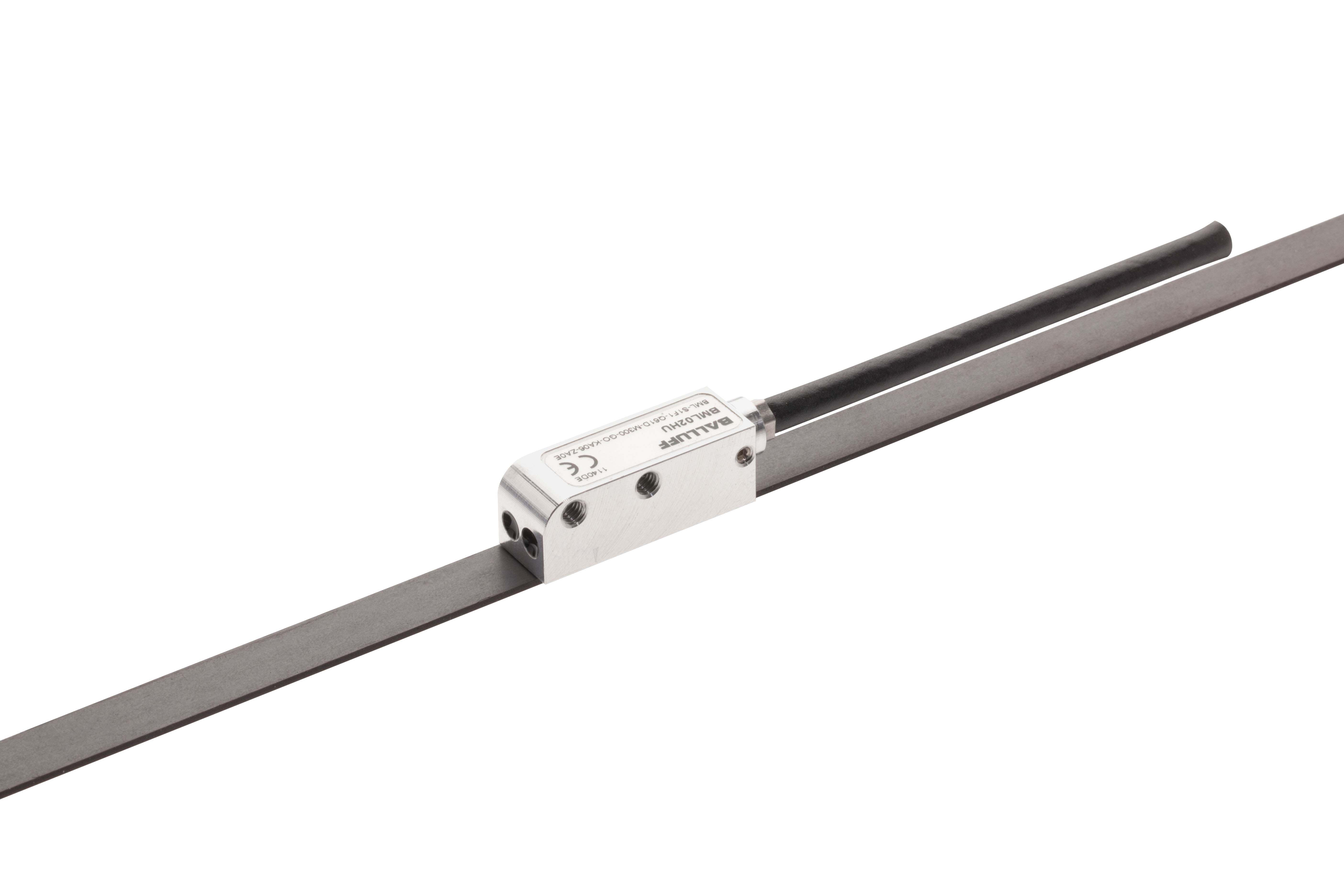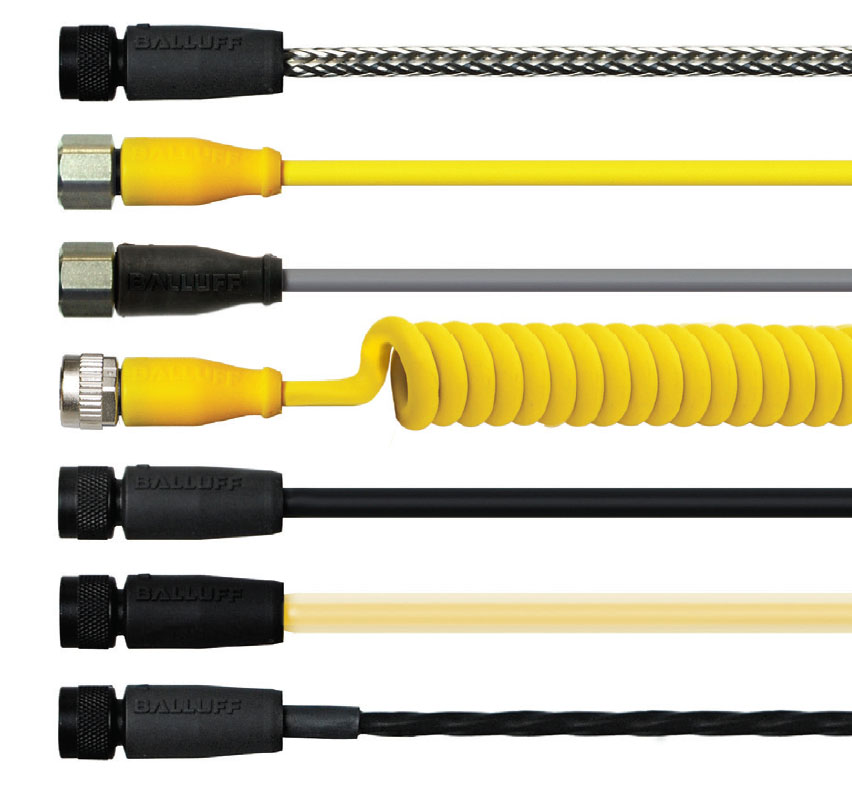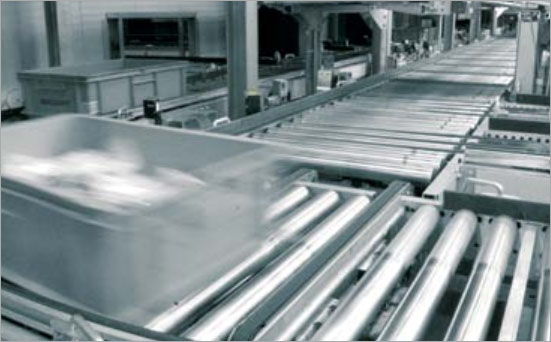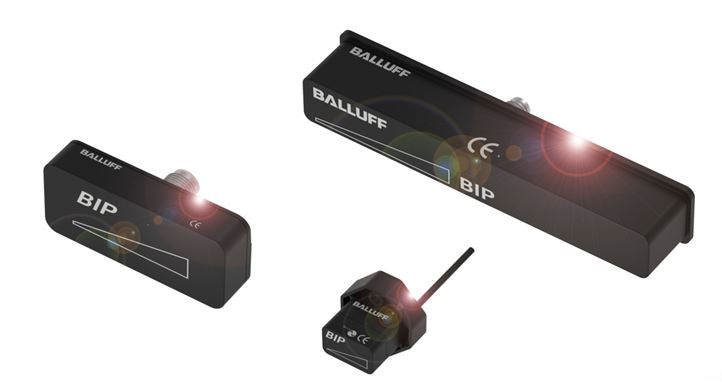 In the current era of steel production, steel manufacturers employ a continuous process during the casting phase of production. The molten steel is solidified during this process by a continuous casting machine. The processes include feeding the liquid steel through a series of rollers to cool the material and slowly form into the next shape of production (e.g. slabs, round, etc…). In this process, the rollers are positioned using hydraulic cylinders that include linear position sensors as closed loop feedback devices. The outputs of these sensors are closely monitored and are critical to the steel quality. Because of the harsh environment of the continuous casting process, the life span of these sensors can be cut short. If the sensor’s output becomes unstable and begins to fail, the continuous casting process cannot simply stop quickly. The steel quality during this sensor failure mode will most likely become scrap, costing the steel mill tens of thousands of dollars.
In the current era of steel production, steel manufacturers employ a continuous process during the casting phase of production. The molten steel is solidified during this process by a continuous casting machine. The processes include feeding the liquid steel through a series of rollers to cool the material and slowly form into the next shape of production (e.g. slabs, round, etc…). In this process, the rollers are positioned using hydraulic cylinders that include linear position sensors as closed loop feedback devices. The outputs of these sensors are closely monitored and are critical to the steel quality. Because of the harsh environment of the continuous casting process, the life span of these sensors can be cut short. If the sensor’s output becomes unstable and begins to fail, the continuous casting process cannot simply stop quickly. The steel quality during this sensor failure mode will most likely become scrap, costing the steel mill tens of thousands of dollars.
 For maximum reliability, a linear position sensor with 2 or 3 times redundancy can be utilized to provide position feedback of hydraulic systems. Such sensors employ 2 or 3 independently-operating sensing elements and processing circuitry . The extra feedback signals can be monitored through an automation system. When the outputs are compared, a failure could be identified early and the automation system could switch over to the reliable output maintaining the quality of steel. No scrap! During the next possible scheduled stoppage in the manufacturing process, the sensor could be replaced.
For maximum reliability, a linear position sensor with 2 or 3 times redundancy can be utilized to provide position feedback of hydraulic systems. Such sensors employ 2 or 3 independently-operating sensing elements and processing circuitry . The extra feedback signals can be monitored through an automation system. When the outputs are compared, a failure could be identified early and the automation system could switch over to the reliable output maintaining the quality of steel. No scrap! During the next possible scheduled stoppage in the manufacturing process, the sensor could be replaced.
For more information on Balluff solutions for the metallurgy industry, start here.
For more information, visit www.balluff.com.




















